The Main Challenges in Production Line Testing of Audio Devices
In a recent webinar, GRAS Sound & Vibration Product Manager, Santiago Rayes, explored the main challenges in production line testing of audio devices and how to mitigate them. It’s all a question of finding the right balance – and choosing the right equipment. According to Santiago Rayes, the main challenges are:
-
Efficiency
-
Reliability
-
Easy-to-operate equipment
-
Background noise
-
Test noise
-
Cost of operation
-
Comparison against R&D targets
Efficiency
Efficiency is a big key challenge because, at the end of the day, the profitability of a production line comes down to efficiency – how many finished devices can you produce per time unit. So, in a production line environment, efficiency is paramount. We want to be able to test as many devices as possible in the least amount of time. However, the speed with which we test raises another challenge:
Reliability
When things go wrong in production line testing of audio devices, there are two possible outcomes: You fail a perfectly good product. Or you pass a faulty product. The first is bad, as throwing away a good product is unproductive. The second is worse, as it means faulty products end up in the hands of consumers, with untold consequences. Therefore, we want to get very reliable results from the tests we perform. So, we need to find the right balance between efficiency and reliability. And while speed can hamper reliability, we can mitigate this by making the test equipment easier to use for operators.
Ease of operation
Test equipment should be easy to operate. This is also a most important point to consider when setting up or reviewing your production line test setups. It’s no good if we have to use too much time in order to train our operators in how to properly use the test equipment to get reliable and repeatable results. That's why we would like to reduce the complexity of our test setup as much as possible.
Background noise
In a typical production line environment, there will be a lot of people and a lot of machinery, and inevitably this will create a lot of noise. Obviously, we don’t want that noise to interfere with our testing because that will degrade the quality and reliability of our test results and require us to repeat the test, hampering our efficiency. This is another challenge we need to tackle and reduce as much as possible.
Test noise
You’ll also need to consider the noise generated by the test itself. We might have a loudspeaker or another sound source producing or playing back a reference signal, and that will disturb the surrounding environment if it’s not properly insulated. It might disturb the operators in the vicinity of the test bench, or it might disturb the test that is being performed on another nearby test bench. So, we need to tackle this issue, as well.
Cost of operation
Of course, we can't forget about the operating costs of having a production line running. Every hour costs us money. And that’s especially bad if the line is shut down. Downtime due to calibration, validation, or readjustment of faulty or broken microphones or unreliable equipment costs money, and obviously we need to consider how to reduce this as much as possible.
Comparison against R&D targets
Last, but not least, we should never forget that the equipment typically used in an R&D environment for testing devices is typically different than the test equipment that is used in a production line environment. So, we can't rely on the targets and tolerances specified in R&D, and then just copy, paste them to our production line environment. We need to be conscious of the differences between R&D test equipment and production line test equipment, and indeed also of the difference in experience and background of the people operating the equipment. And then we need to translate our R&D target curves etc. to something that is meaningful in the context of our production line test regime.
WATCH THE FULL WEBINAR, and get Santiago’s test equipment recommendations, sign up here
Looking to save time on your audio tests? Our friends at AP share 10 tips to reduce your test times using APx500 software. You might be surprised by just how fast audio measurements can be!
Read the AP blogpost here
You may also be interested in:
Pass-fail windows, uncertainty, false passes, and false failures
Production lines without and with EQset









